The safety belt is one of the most common outdoor equipment, which can provide a comfortable and safe fixed connection for climbers. It can absorb the falling force to a large extent in the event of a crash, and play a good protective role for climbers.
On March 15, "International Consumers' Rights and Interests Day", CCTV's financial channel released "scenic spot high-altitude project, safety belt" unsafe "! "three-point safety belt" or risk of falling off "article, introduced in scenic spot high-altitude project, because of the" three-point safety belt "off caused by the safety accident. Because of the time and economic cost, many scenic spots choose the "three-point seat belt" while ignoring the safety of the project, which also causes the public to think about the safety belt: is the safety belt really safe?
Many people are familiar with the use of safety belts in transportation and high-altitude projects.
In fact, many outdoor sports also have a safety belt figure, whether climbing, abseiling, or flying lada sports, wear a safe, strong, light and flexible seat belt, you have a sense of security.
What do you know about safety belts?
Material
Safety belts are usually made of nylon or polyester. Belt not only refers to the webbing, in addition to the webbing, the belt and other parts of the assembly.
Mountaineering belts are manufactured by changing the thickness of certain parts of the foam or by hot casting holes in the foam to allow better air circulation.
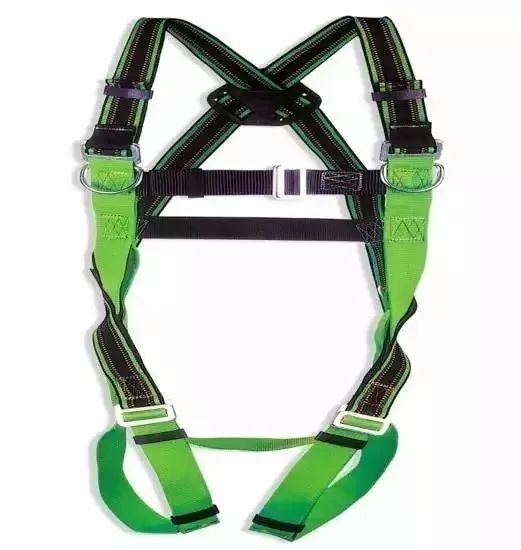
Types
·Half safety belt
The half safety belt, also known as the seat belt, is generally used in rock climbing, ice climbing, mountaineering and descending activities. Outdoor equipment manufacturers think that the half safety belt is a kind of safety belt used in outdoor sports, outward bound training and fire training. In the fire brigade, this kind of safety belt is collectively referred to as a class of safety belt.
Its inherent structure is: belt, leg belt, safety ring, equipment ring, connection buckle.
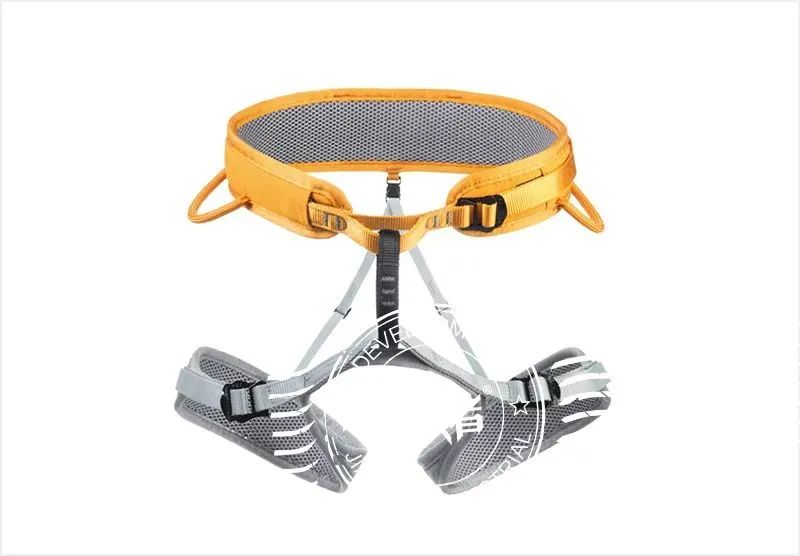
·Full body safety belt
The full-body harness is an addition to the seat belt, with the main stress point on the chest or back. It is used in the extension for items that can cause the participant to roll in the air or need protection from behind.
The whole body safety belt can be used in the air horizontal bar, sky ladder, high altitude dependent projects, such as the safety belt in the fire brigade collectively referred to as the second class safety belt.
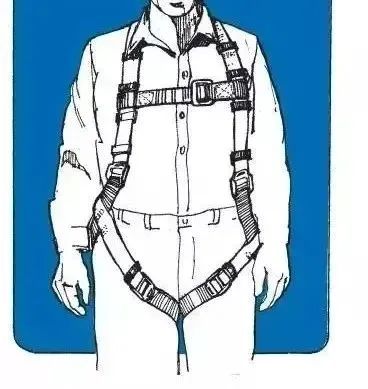
·Chest safety belt
The chest safety belt mainly protects the chest and plays the role of fixing the upper limbs. It is used together with the half-body safety belt and is suitable for outdoor rock climbing, mountaineering and outdoor rescue protection. The belts can be adjusted according to the wearer's body size and have clasps on each shoulder.
Structure: shoulder strap, safety pull ring, connection buckle.
The inherent structure of every full-body harness is the same: shoulder straps, belt, leg straps, safety buckles, protective loops.
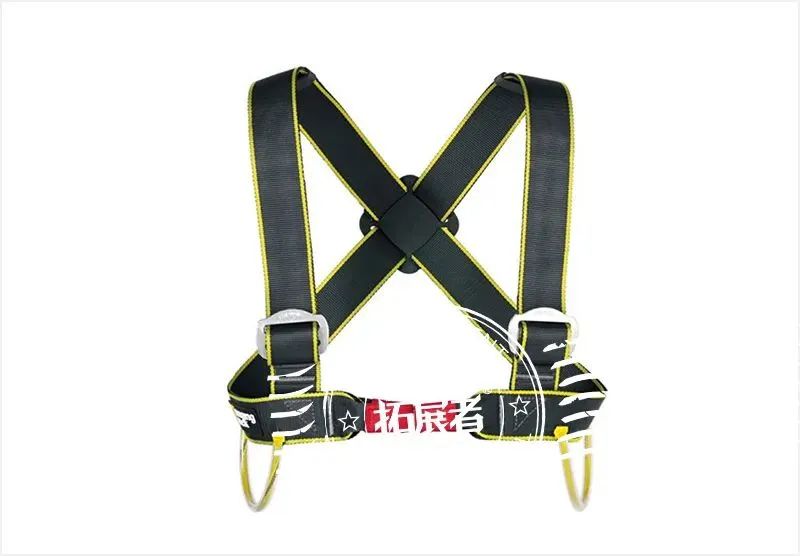
·Rescue sling
Rescue slings are mainly used in fire rescue and fire training. Common rescue slings include three types of safety belts, triangle slings and inverted rescue slings.
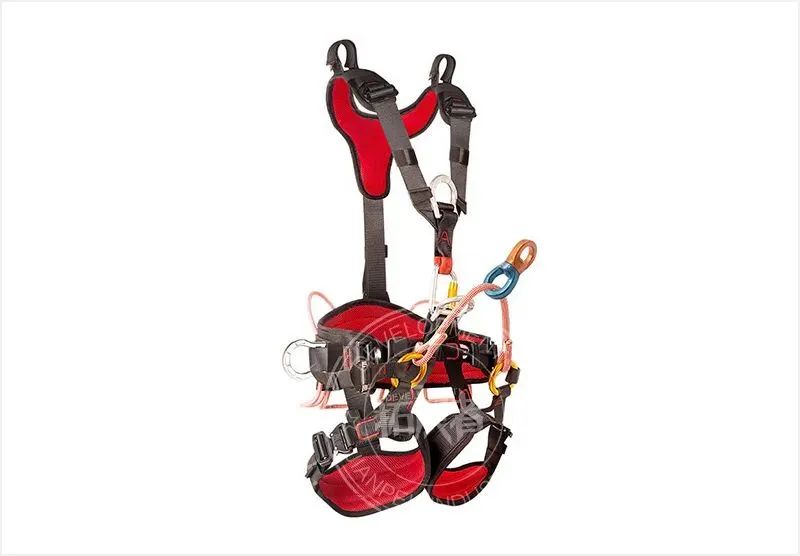
Safety belt wearing precautions
· Distinguish between top, bottom, inside, outside, left and right, not upside down or twisted.
· Belt: When wearing a belt, the belt should be located above the hip bones and below the end of the ribs, and should not be compressed to the diaphragm. Once you're done, pull the belt down firmly, not under your hip bones.
· Leg straps: Leave about a palm (flat) of space between the thigh and leg loops so as not to interfere with movement.
· The belt and leg belt should be buckled back with a length greater than 8CM. The end of the belt should grow out and be placed in the back of the belt (elastic).
· Confirmation check (need to check again before climbing or operation).
Safety belt maintenance
1. The safety belt shall not be in contact with chemicals, and the user shall not sew and remove the suture line of the safety belt accessories by himself.
2. Safety belts should be placed in ventilated, dry and cool places to avoid exposure to the sun and direct contact with heat sources.
3. After each use, carefully check the use of stitching, flat tape and buckle. If any damage is found, stop using immediately.
4, climbing should try to avoid the fall of high impact.
5. Safety belts are more likely to be damaged when they come into contact with water and ice. If cleaning is required, use cool water, please use a soft brush.
6. The service life of seat belts should not exceed five years.














